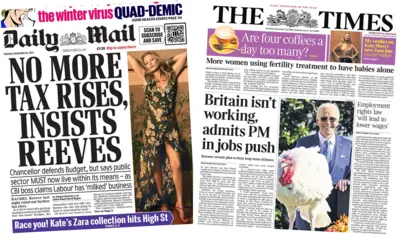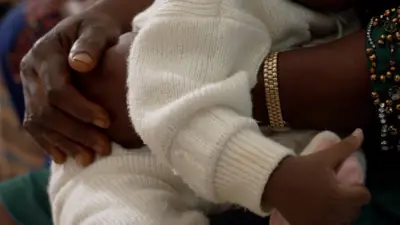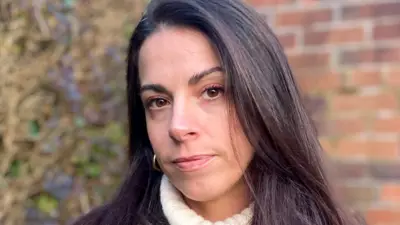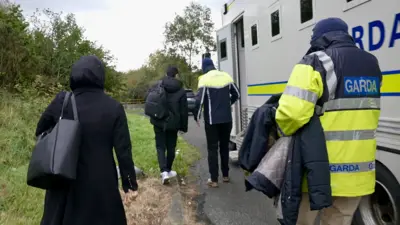We've updated our Privacy and Cookies Policy
We've made some important changes to our Privacy and Cookies Policy and we want you to know what this means for you and your data.
AM wins bid to propose law to protect historic names
Legislation to protect historic Welsh place names could be put before AMs following a draw of ideas.
Plaid Cymru AM Dai Lloyd won the first member's bill ballot of the assembly term, allowing him to present a proposal for a new law to the assembly.
The Protection of Welsh Historical Place Names Bill would give powers to a public authority to enforce new rules on historic place names.
A total of 29 AMs put forward proposals of new laws for the random draw.
Mr Lloyd said he was looking at making it a requirement to get planning permission if someone wants to change the name of a house or a farm.
"We're talking low level stuff, the names of farm houses, the names of fields, because that's a way of preserving our natural heritage and culture here in Wales," he said.
The AM for South Wales West said he was "fairly confident" it could become law, given he had won a ballot before for a proposal on playing fields that is now on the statue books.
He now has 25 working days to ask the assembly to vote on whether or not the bill should be introduced.
Mr Lloyd will then have 13 months to develop the proposed law and present it to the assembly for scrutiny and amendment, which can take another nine to 12 months.
It would then need backing from a majority of AMs for the law to pass.
Welsh Language Commissioner Meri Huws has previously called for changes to historic place names to be banned by law in Wales.
It follows a series of rows over changes to names over the years, including a dispute where the Grade I-listed Plas Glynllifon near Caernarfon was referred to as Wynnborn mansion in online marketing material.
It is the first ballot of member's bills of the fifth assembly - eight were held in the last assembly term.
Not all successful proposals enter the statute books, but laws passed giving rights to residents in mobile homes and minimum levels of nurse staffing started out through the process.
Top Stories
More to explore
Most read
Content is not available








